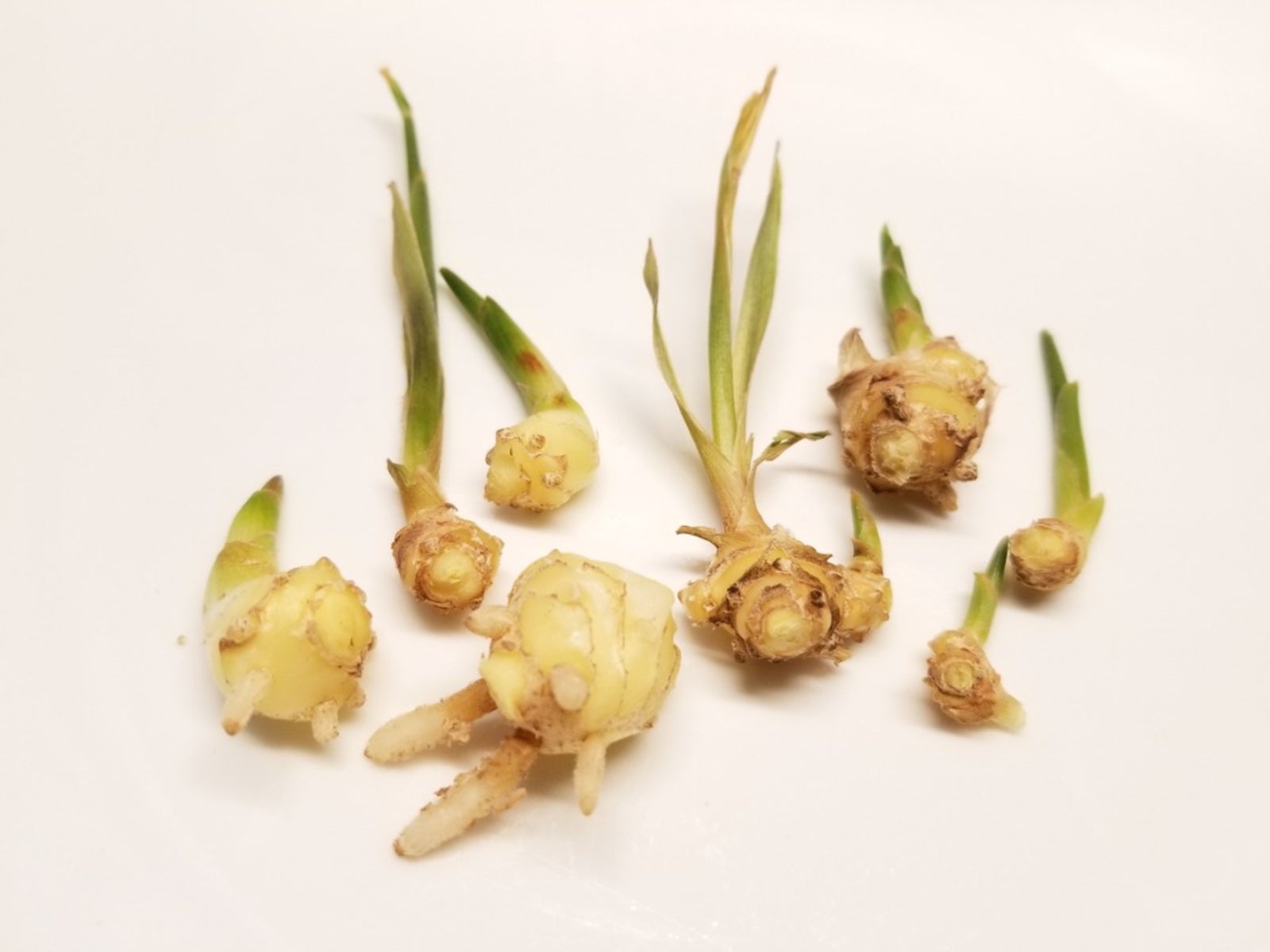
Ginger has a lengthy history and was bought and sold as a luxury item over 5,000 years ago; so costly during the 14th century the price was equivalent to a live sheep! Today most grocery stores carry fresh ginger for a sliver of that cost, and many cooks avail themselves of the aromatic spice. Given that fresh ginger is part of a plant, perhaps you have wondered, “Can I plant grocery store ginger?”
Can you Grow Grocery Store Bought Ginger?
The answer to “can I plant grocery store ginger?” is a resounding yes. In fact, you can grow store bought ginger quite easily by adhering to a few simple tips. Interested in learning how to grow grocery store ginger? Read on to learn how to plant and grow store bought ginger.
Info on How to Grow Store Bought Ginger
If you’re wondering how to plant store bought ginger, you must first select the best-looking rhizome. Look for ginger that’s firm and plump, not shriveled or moldy. Select ginger root that has nodes. Some companies cut the nodes off. Don’t buy these. Ideally, choose organically grown ginger that has not been treated with a growth inhibitor. If you can’t get organic, soak the rhizome in water for a day to remove any chemicals.
Once you get the ginger home, simply place it on the counter for a couple of weeks, or in some other area that’s warm with a good amount of humidity. You are looking for the nodes or eyes of the rhizome to begin to sprout. Don’t panic if the ginger root begins to shrivel a bit but don’t be tempted to water it.
Once the nodes have sprouted you can grow grocery store ginger in a few ways. If it’s summer or you live in a warm, humid region, ginger can be planted outside directly in the garden or in a pot.
If it’s winter, you can grow store bought ginger indoors as a houseplant. Ginger root can be planted either in sphagnum moss or coconut fiber. With the top of the root visible and the green sprouting nodes pointing up, wait until the first leaves have formed, then repot it. You can also grow store bought ginger directly in a container of potting soil. If you’re using moss, keep the moss moist by spritzing it with water.
More on How to Plant Store Bought Ginger
If you want to start the ginger in potting soil, cut the sprouting rhizome into pieces with each piece containing at least one growing node. Allow the cut pieces to heal for a few hours prior to planting.
Sign up for the Gardening Know How newsletter today and receive a free copy of our e-book "How to Grow Delicious Tomatoes".
When you’re ready to plant store bought ginger, select a container with sufficient room for growth and with drainage holes. Plant the rhizome pieces close to the surface either horizontally or vertically. Be sure the sides of the rhizome are covered with potting soil but don’t cover the entire piece of ginger with soil.
Thereafter, care of your ginger is simple as long as you provide a warm, humid area, sufficient moisture, and drainage. In no time you will have not only a lovely house plant but also a thrifty source of fresh ginger to enliven all your dishes.

Amy Grant has been gardening for 30 years and writing for 15. A professional chef and caterer, Amy's area of expertise is culinary gardening.
